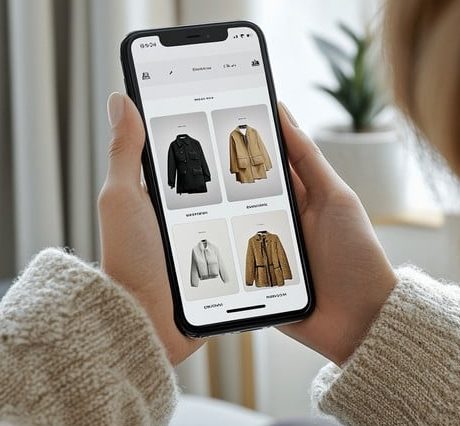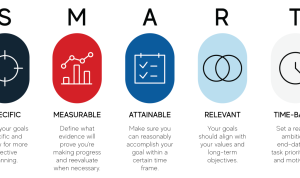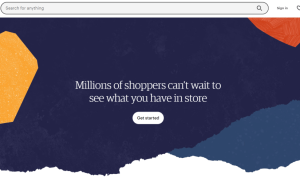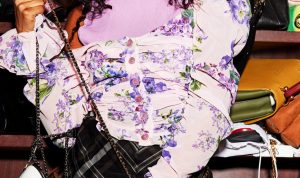In the fiercely competitive world of fashion and apparel, standing out is a challenge. With countless brands vying for consumer attention, simply having great products isn’t enough. To truly succeed, you need a robust digital strategy that not only attracts potential customers but also converts them into loyal buyers. This comprehensive guide will walk you through the essential steps to boost your online fashion and apparel sales, from optimizing your website for search engines to creating a compelling customer experience.
Why Your Digital Presence is Your Most Valuable Asset
The modern consumer’s shopping journey begins online. According to recent studies, fashion and apparel are the top-selling product categories globally. People are constantly searching for new trends, specific items, and seasonal outfits. This means your website’s visibility on search engines like Google is more critical than ever. An effective Search Engine Optimization (SEO) strategy is the foundation of your online success, ensuring that when a customer searches for “sustainable linen dress” or “men’s techwear jacket,” your brand is among the first results they see.
Master the Art of SEO for Fashion E-commerce
SEO for fashion is unique because it’s highly visual and keyword-driven. It’s not just about what you say, but also how you show it.
1. Keyword Research: Speak Your Customer’s Language
Start by identifying the keywords your target audience is actually using. This goes beyond broad terms like “clothing” or “dresses.” You need to get specific.
- Long-Tail Keywords: These are phrases of three or more words that are highly specific. Instead of “jeans,” target “men’s slim-fit raw denim jeans” or “high-waisted vintage mom jeans.” These keywords attract highly qualified traffic that is more likely to convert.
- Trending & Seasonal Keywords: Stay on top of current fashion trends and seasonal cycles. Use tools like Google Trends to see what’s gaining traction. Incorporate terms like “summer outfits,” “fall wardrobe essentials,” “sustainable fashion,” or “gender-neutral clothing” into your content to capture timely interest.
- Product-Specific Keywords: Use descriptive terms for each product type. This includes categories like “activewear,” “jackets,” “coats,” and niche segments such as “boho maxi dresses” or “plus-size women’s clothing.”
2. Optimize Every Page for Success
Once you have your keywords, strategically place them throughout your website.
- Product Descriptions: This is your chance to shine. Write compelling, unique product descriptions that go beyond a simple list of features. Focus on the benefits for the customer. Does the jacket offer warmth? Is the shirt comfortable for all-day wear? Use a clear call to action (e.g., “Add to Cart,” “Shop Now”). Remember to write for buyers, not for bots.
- Meta Tags & Headlines: Include your primary keywords in your page titles and meta descriptions. This is what users see in search results and can significantly impact your click-through rate.
- Image SEO: In an image-heavy industry, this is non-negotiable. Use descriptive file names (e.g.,
black-leather-biker-jacket.jpg) and fill out the alt tags for every image with relevant keywords. This helps your products show up in Google Image searches, a major source of traffic for fashion brands.
Create an Unforgettable User Experience (UX)
Even if you attract thousands of visitors, they won’t buy if your site is difficult to navigate or slow to load. A seamless user experience is key to increasing sales.
1. Build a Mobile-First, User-Friendly Website
Most online shoppers browse on their smartphones. Your website must be responsive, loading quickly and displaying correctly on any screen size. Avoid pop-ups that are difficult to close and ensure your navigation is intuitive. A confusing website is a sure way to lose a sale.
2. Showcase Your Products with High-Quality Visuals
In fashion, visuals are everything.
- High-Resolution Images & Videos: Invest in professional, high-quality product photos that are well-lit and show your items from multiple angles. Consider adding short videos or GIFs to showcase how the fabric moves or how the item can be styled.
- Customer Reviews: Don’t underestimate the power of social proof. Research shows that a large percentage of customers look at reviews before making a purchase. Displaying product reviews and ratings on your pages builds trust and credibility.
- Sizing & Fit Guides: One of the biggest obstacles to online apparel sales is the uncertainty of fit. A detailed sizing chart, complete with measurements and a clear fit guide, can drastically reduce returns and increase customer confidence.
Drive Traffic and Conversions Beyond Search
While SEO is the foundation, a multi-channel approach will supercharge your sales.
1. Content Marketing: Tell Your Brand’s Story
A blog is a powerful tool to attract and engage customers. Create content that goes beyond your products.
- Style Guides & Trend Reports: Write articles on “How to style a trench coat for fall” or “Top 5 ethical fashion trends for 2025.” This positions your brand as a style authority.
- Behind-the-Scenes Content: Share your brand’s story. If sustainability is a core value, write about your eco-friendly materials or ethical production methods. This resonates with the modern consumer, with a significant percentage citing sustainability as a purchasing factor.
2. Social Media & Influencer Marketing
Social media is the digital storefront for fashion.
- Visual Platforms: Use platforms like Instagram and TikTok to showcase your products visually. Partner with influencers whose style aligns with your brand to reach new, highly targeted audiences.
- User-Generated Content (UGC): Encourage customers to share photos of themselves wearing your products. Reposting UGC creates a community, builds trust, and provides authentic social proof.
3. Targeted Paid Advertising
Paid media can provide an immediate boost to your sales.
- Retargeting Ads: Set up campaigns to show ads to people who have previously visited your site or added items to their cart but didn’t complete the purchase.
- Social Media Ads: Use the detailed targeting options on platforms like Facebook and Instagram to reach a specific audience based on demographics, interests, and behavior.
Conclusion
The world of online fashion and apparel sales is fast-paced and ever-evolving. Success requires a strategic blend of technical SEO, compelling content, and a seamless user experience. By focusing on keyword research, optimizing your website for speed and mobile-friendliness, showcasing your products with high-quality visuals, and leveraging content and social media to build a community, you can not only compete but also thrive. The brands that win are those that understand the customer journey and optimize every step of it, turning simple clicks into powerful sales and building a loyal following that keeps coming back for more.







